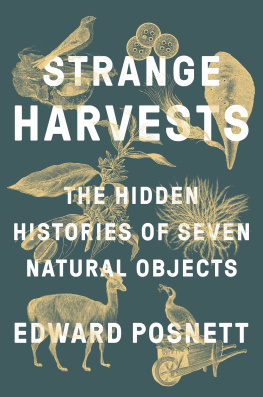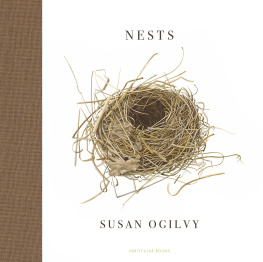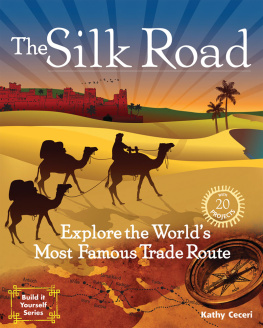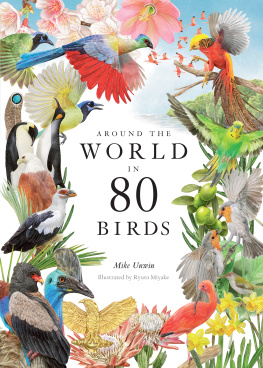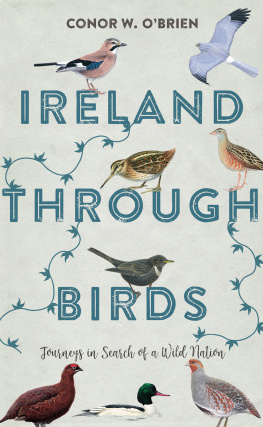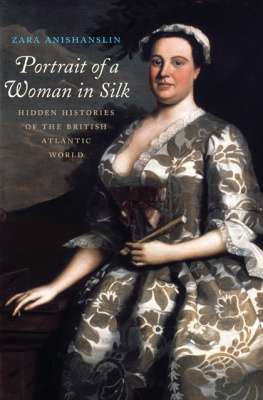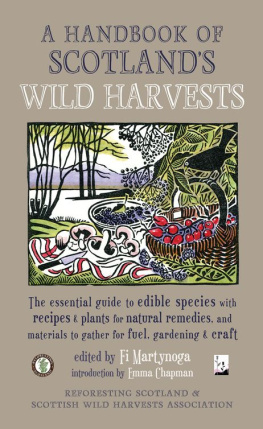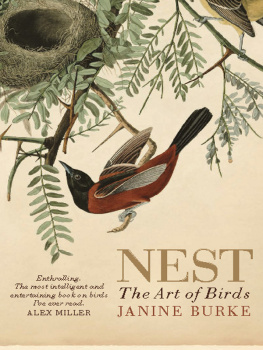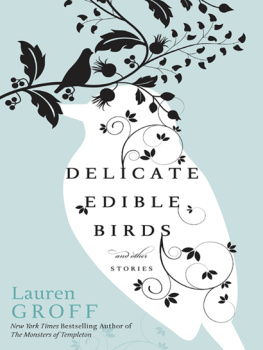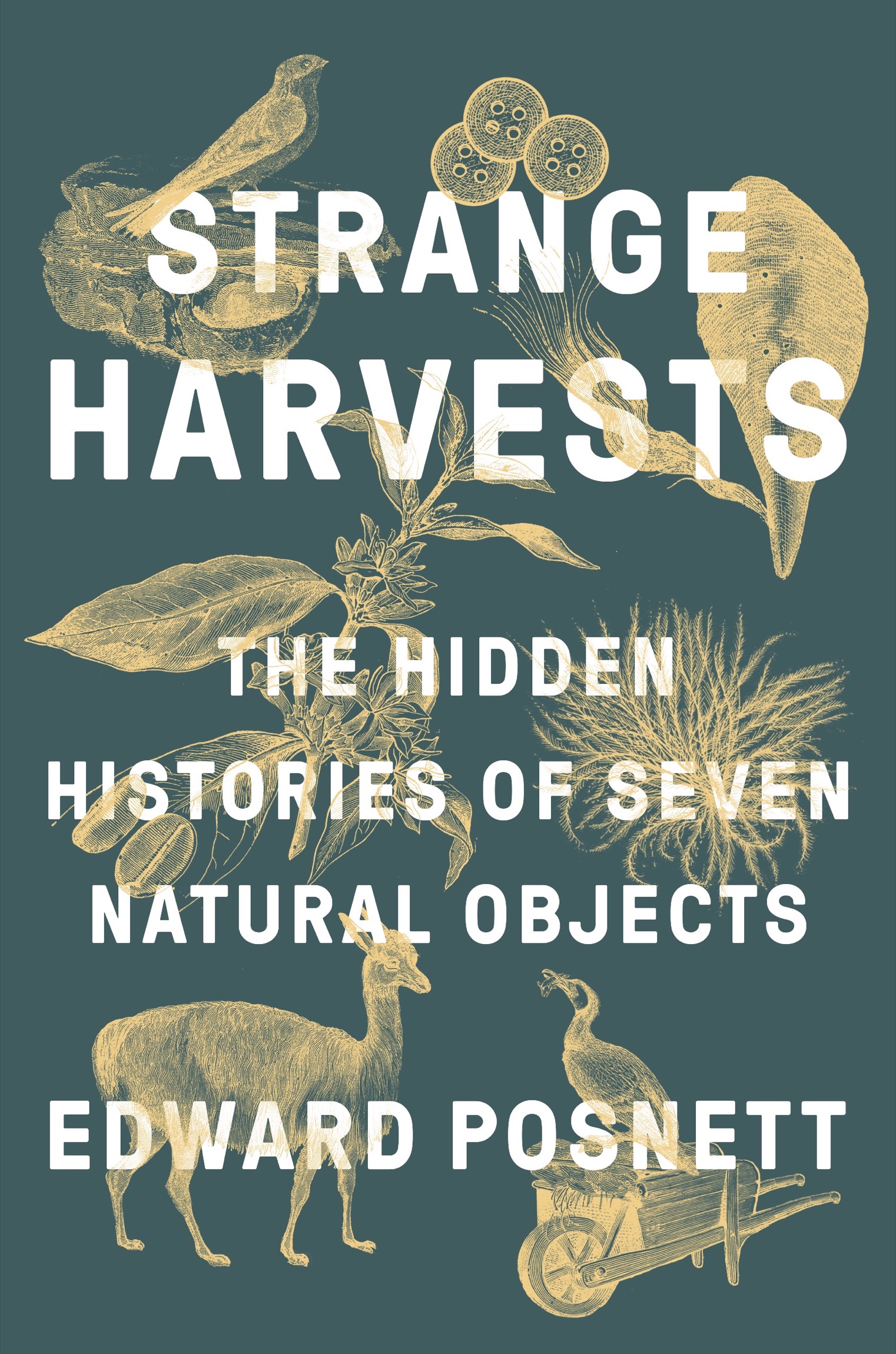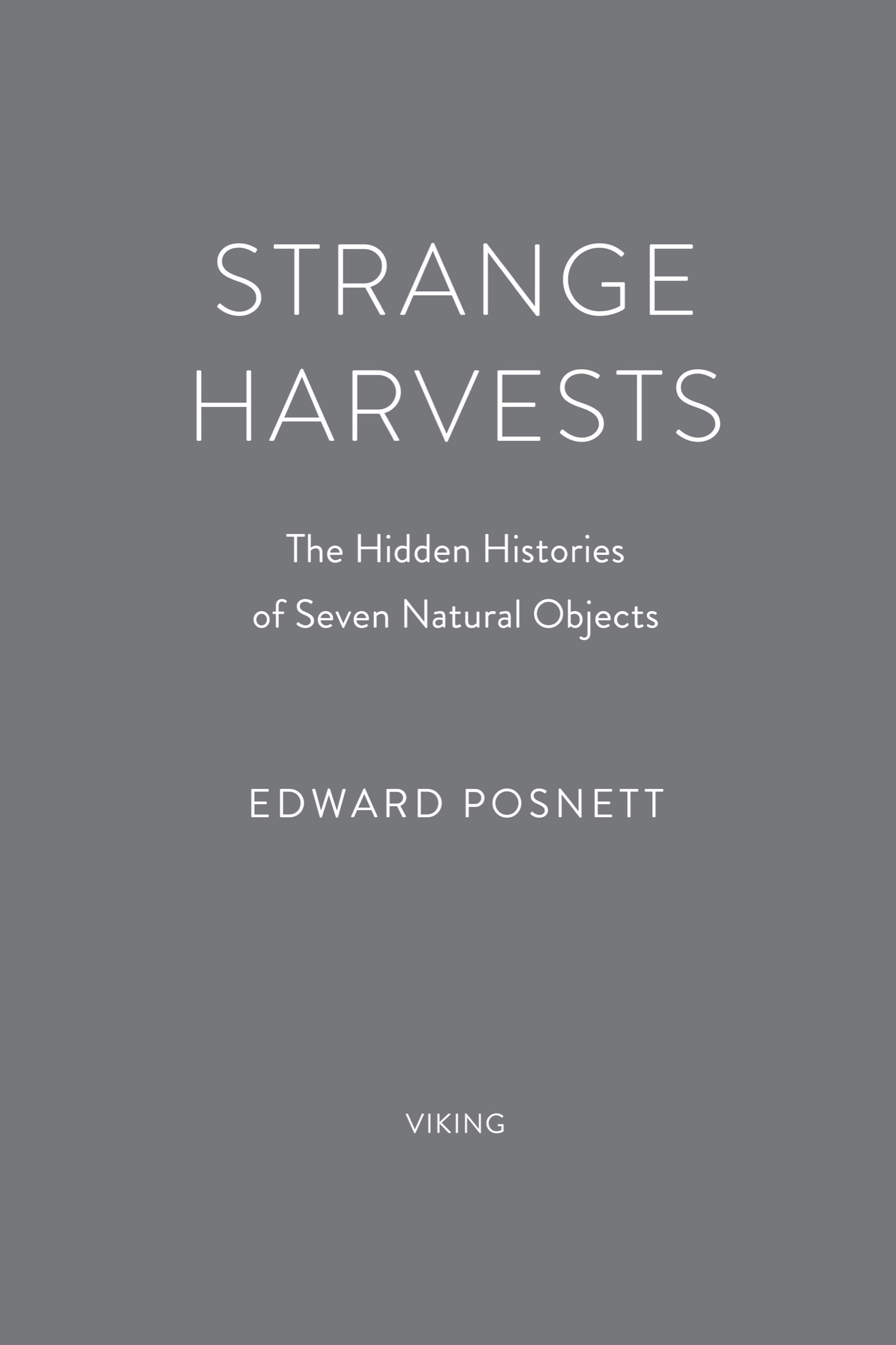VIKING
An imprint of Penguin Random House LLC
penguinrandomhouse.com
Copyright 2019 by Edward Posnett
Penguin supports copyright. Copyright fuels creativity, encourages diverse voices, promotes free speech, and creates a vibrant culture. Thank you for buying an authorized edition of this book and for complying with copyright laws by not reproducing, scanning, or distributing any part of it in any form without permission. You are supporting writers and allowing Penguin to continue to publish books for every reader.
Photograph credits:
: Lydia Lloyd-Rose
: Edward Posnett
: Project Sea-silk
LIBRARY OF CONGRESS CATALO GING-IN-PUBLICATION DATA
Names: Posnett, Edward, author.
Title: Strange harvests : the hidden histories of seven natural objects / Edward Posnett.
Description: New York : Viking, 2019 | Includes bibliographical references and index. |
Identifiers: LCCN 2018057121 (print) | LCCN 2018060649 (ebook) | ISBN 9780399562815 (ebook) | ISBN 9780399562792 (hardcover)
Subjects: LCSH: Natural historyCollection and preservation.
Classification: LCC QH61 (ebook) | LCC QH61 .P86 2019 (print) | DDC 508dc23
LC record available at https://lccn.loc.gov/2018057121
While the author has made every effort to provide accurate internet addresses at the time of publication, neither the publisher nor the author assumes any responsibility for errors, or for changes that occur after publication. Further, the publisher and author do not have any control over and do not assume any responsibility for third-party websites or their content.
Version_1
For Gabriella
CONTENTS
INTRODUCTION
A few years before writing these words, I was working in Canary Wharf in a glass building filled with experts on numbers and systems. As part of my job I wrote reports on companies, markets, and political conditions in distant countries. The subjects of my research were serious: million-dollar oil deals in Africa, rogue trading scandals, bribery allegations in the North American construction sector. But looking out the office windowsor wallstoward north London, I felt none of that gravity, only a dulling sense of the distance between the words I wrote and their meaning.
One of Londons two financial centers, Canary Wharf sits on the site of the old West India docklands in a loop of the river Thames. Ships once crammed into its docks to offload rum, sugar, and coffee from the West Indies into brick warehouses, now restaurants and apartments. The docks thrived for almost two hundred years, until the late 1960s, when the arrival of the container prompted the shipping industry to move farther east. In 1983 most of the land was sold to a developer; within a few years the docks history was buried under layers of glass and steel, the architecture of a much more liquid capital. Anyone who has visited the Canary Wharf area in east London will know how easy it is to get lost there. To the untrained eye the district fades into itself; the glass buildings on any two streets seem the same, but arranged in a different order.
In The Library of Babel, Jorge Luis Borges imagines a vast library containing all the possible 410-page books made of twenty-five characters. In countless hexagonal rooms, four walls of bookshelves hold Borgess imaginary books made up of different permutations of the same letters. Something about my routine in Canary Wharf reminded me of this short story. Each report that I wrote merged with its predecessors; the words, after all, were the same: shareholder, oil block, concession, acquisition, investigation; only their order, their syntax, was different.
During my lunch breaks I would go running in the Isle of Dogs, thinking of the ships that once came here and the materials they brought from distant parts of the world: ivory, molasses, wool, and hides. The docklands would have smelled different, the odor of these commodities blown by the wind from the Thames. Breathing the air, one might have gotten a sense of the world growing smaller, each object testimony to new trade links, the speed and reach of the ships of the East India Company. It must have been intoxicating to witness this influx of the exotic, but also disconcerting, as the safe, known world mingled with the unfamiliar and strange.
In London, Antwerp, Venice, and other centers of international trade, thinkers tried to make sense of this new world, these smells, sights, and textures. Some wrote about these new connections, traveling to distant lands, but others found ways to represent them through objects. Collectors like Hans Sloane, John Tradescant, and Ole Worm gathered objects from around the world and placed them in single rooms, or wunderkammers, creating a World of Wonders in one closet shut. More than eccentric collections, these rooms sought to represent the expanding limits of knowledge, to visualize the connections between things and understand networks of relationships. As historian Mark Meadow writes, In the world of the curiosity cabinet, as in any other place or period, the strands of blood, trade, authority, and agency were all present, and were all interdependent. To touch any of the strands is to set all the others in sympathetic vibration.
My favorite wunderkammer belonged to the Danish physician and classics professor Ole Worm. In 1605, Worm set off on a Grand Tour that would last eight years, traveling to Germany, Italy, France, England, and the Low Countries. As he went, he gathered objects and met with men of learning, such as the famous collector Ferrante Imperato in Naples. These items ranged from seeds, shells, and horn to mirabiliaor marvelsincluding a magic egg said to have been laid by a woman in Norway. Worm conserved these things, he wrote, with the goal of, along with a short presentation of various things history, also being able to present my audience with the things themselves to touch with their own hands and to see with their own eyes, so that they may themselves judge how that which is said fits with the things, and can acquire a more intimate knowledge of them all.
During the sixteenth and seventeenth centuries many individuals were collecting objects from the natural world: Athanasius Kircher and Ulisse Aldrovandi as well as Imperato. Children of the Renaissance, they looked largely to classical texts to explain the objects in their collections, tracing their appearance in works such as Plinys Natural History or Aristotles History of Animals. Worm was influenced by these collectors, but he was fascinated by touch, the sensual experience of interacting with objects. In his preface to the catalog of his collection, the Musei Wormiani historia, he wrote of the clear intention to lead toward knowledge by direct observation and away from hollow verbiage. Holding an object, passing ones finger over it, smelling it, one could perceive truth and debunk myths.
I didnt know about the Museum Wormianum while I worked in Canary Wharf, but had I known, I might have spent hours poring over the catalog during breaks. Writing in the seventeenth century, Worm found himself at the beginning of a process, the commodification of the natural world, that has reached its apex in our own age. As he wrote, collected, traveled, and touched, ships owned by private enterprises, such as the Virginia Company, voyaged to the Indian subcontinent or the New World, trading spices, seeds, tobacco, and fiber. Many of the objects in his museum possessed a narrative simplicity, casting a straight line from the natural world to the room of his museum, but others spoke of these complex new trade routes, weaving patterns, contacts, and relationships, sprouting branches in their passage from the wild to his own hands.

